There are two things in life that I find awe inspiring. Looking up at the sky at night, especially out away from city lights on a clear night as I find it to be so inspiring and calming. I am amazed by the heavens. By the distances. By the size of the stars. It is almost overwhelming. With the recent pictures from the James Webb Space Telescope I am totally in awe at what we commonly call Creation. I am thankful that I am alive and can just barely start to approach understanding the immensity of it all.
The second awe inspiring experience is standing at the edge of land and looking out over the vast ocean. The ocean truly rules as land covers only 29% of our planet’s surface. When one is out on the ocean in a small boat one truly respects the immensity of it! All that water. And when one is in a small boat and out in a storm, well…
-Shawn
Introduction To Astronomy
NASA Great Observatories
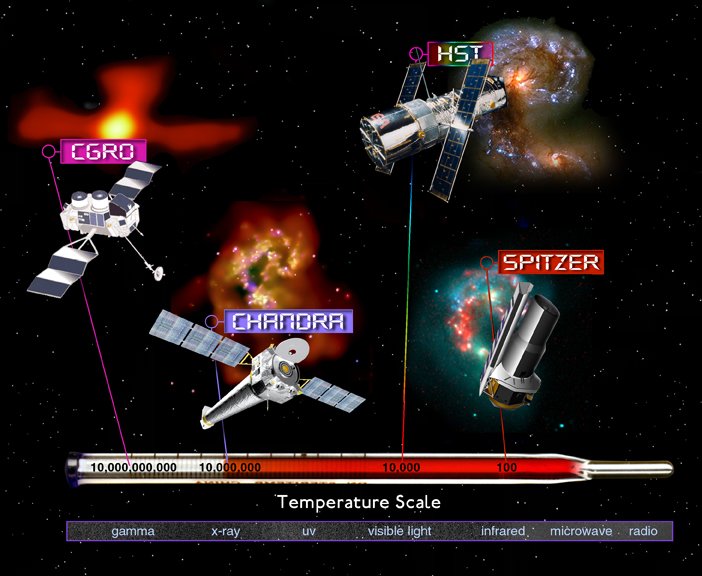
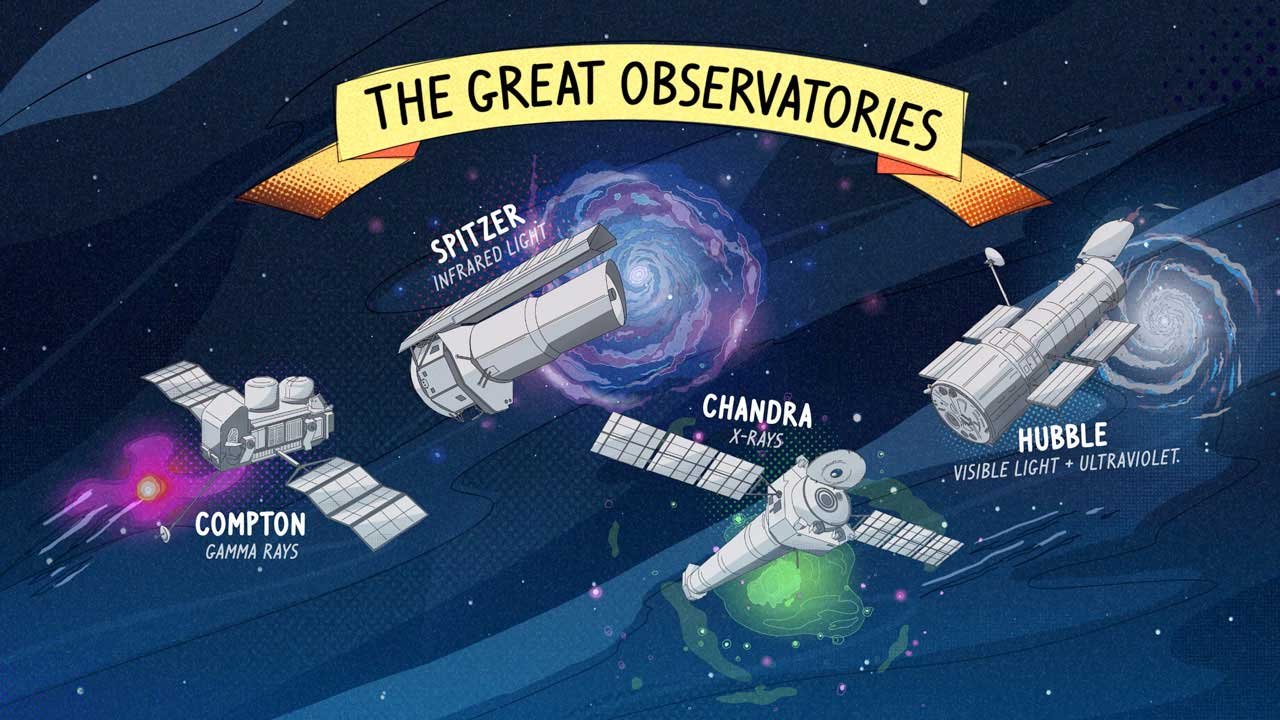
The Compton Gamma Ray Observatory (1991-2000)


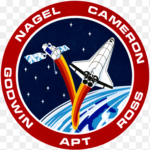
Chandra X-ray Observatory (1999-?)

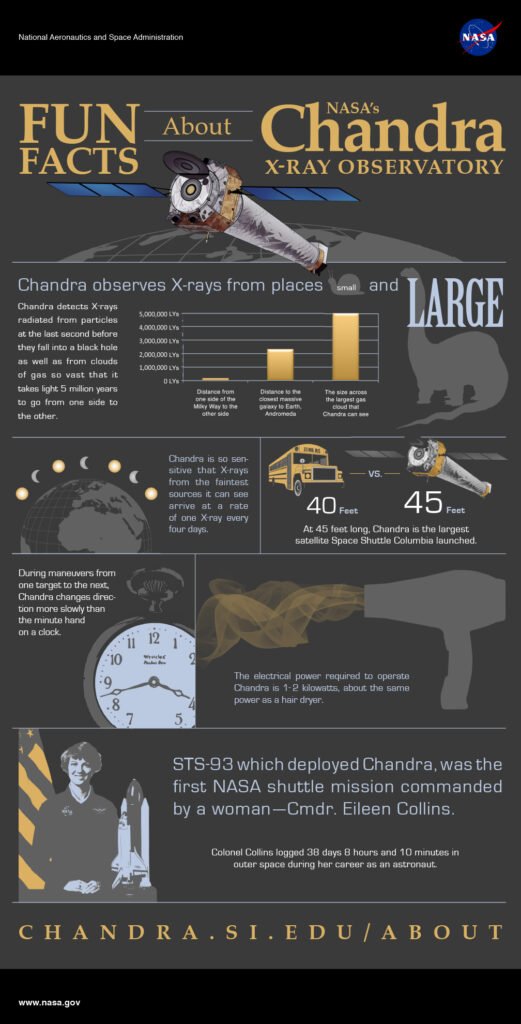

The Spitzer Space Telescope (2003-2020)
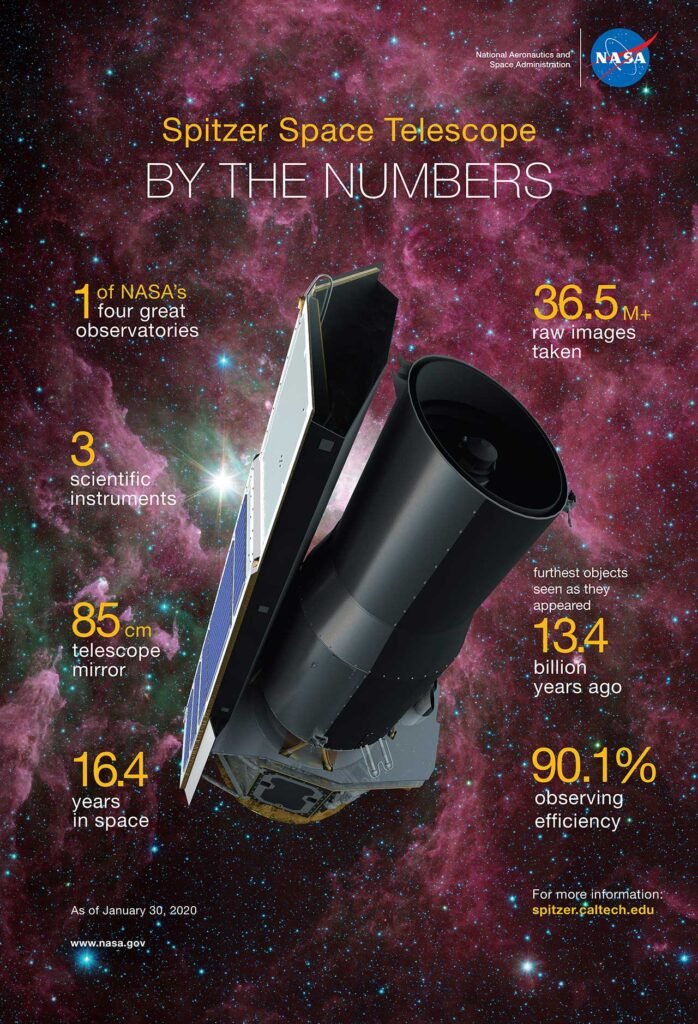
The Hubble Space Telescope (1990-?)



Kepler (2009-2018)

The Transiting Exoplanet Survey Satellite (TESS)(2018-?)
The JWST (James Webb Space Telescope) (2021-?)
What Is Next?

The Nancy Grace Roman Space Telescope-formerly the Wide Field InfraRed Survey Telescope (WFIRST)
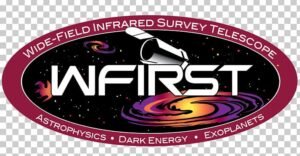
Pictures From The Cosmos
What existed before the Big Bang? Was there space before the Big Bang? If there was nothing before the event, then from where did all the matter in the universe come from?
Reply by Krister Sundelin on Quora
E-learning Producer (2020–present)
Okay, three quick answers. The longer answer comes after.
Q: What existed before the Big Bang?
A: We don’t know.
Q: Was there space before the Big Bang?
A: We don’t know.
Q: If there was nothing before the event, then from where did all the matter in the universe come from?
A: We don’t know.
I know, frustrating isn’t it, when science doesn’t provide an answer and theology is so clear. So this requires a longer explanation.
So what is the Big Bang actually? Well, it is one of the worst names in science for a theory of how the universe got from a hot dense place to the cold empty space we all love and enjoy. It doesn’t actually say how the universe started, where everything came from, or what was before it.
It somewhat used to, however, in the 1920s when Georges Lemaître (astronomer, physicist, mathematician and Catholic priest) toyed with Einstein’s field equations in general relativity, and found that the universe could not be stable, that it had to contract or expand, and the universe would then have an end or a beginning. Since Edwin Hubble had discovered that galaxies were rushing away from everywhere, the conclusion was that the universe had to have a beginnin, the “primeval atom” or “cosmic egg”. And nobody liked it, because it was too similar to “Let there be light”. Sir Fred Hoyle even ridiculed it as “the Big Bang theory” on BBC Radio in 1949, and sadly the name stuck.
In 1947, it was predicted that if the universe was expanding, it was smaller in the past, meaning that it was denser and therefore hotter. That heat should still be around, as microwave background radiation at about 2–5 Kelvin. And in 1965, that microwave background was found, and everyone accepted the Big Bang theory.
So, that’s the history. What does the theory actually say? Well, remember that it starts off from Einstein’s general relativity. In relativity, spacetime is treated as one single thing, in order to keep the speed of light constant, no matter if you travel at high speed or are in a gravity field. So when the universe expands, it means that spacetime coordinates diverge. Conversely, if you extrapolate backwards in time, they converge to a single point, the famous singularity. This is not unusual at all – we have a similar condition on Earth, where surface coordinates converge towards the poles and reach a singularity at the poles. That leads to a point where you cannot go further north. “North of the North Pole” lacks meaning. In a similar way, “before the Big Bang” could also lack meaning in general relativity.
So that is why the answers to the two first of your questions are “we don’t know”, and I have not even went into detail why quantum mechanics also adds a reason to say “we don’t know”. (The short version is that because space is hot and dense in its early moment, we get into the quantum scale and have to use quantum mechanics; and since we don’t know how to combine general relativity and quantum mechanics, we cannot even predict what happened before a trillionth of a trillionth of a trillionth of a second after the Bang – including if that time was that long or even whether there was a bang at all.)
The third one merits a little more explanation. Since we do not know what was before the Big Bang, if there was a before, and even if “before” has meaning, it is very hard to say. But scientists like to speculate.
One interesting speculation is that if you take all the matter in the observable universe and calculate the Scwarzschild radius for it – the event horizon of a black hole – you find that it is about 6 times wider than the observable universe. And that could mean that, well, we’re doing something wrong. It could also mean that our entire universe is inside a black hole – likely one from a collapsing star in a previous universe, who would be spawning other universes as more stars collapse into black holes. Our universe would do the same – spawn new universes through black holes. And this would go on and on and on forever, and would have happened forever and ever and ever back in time.
Another interesting speculation is that you could do a book-keeping trick. Sum up all the energy and matter – remember, according to E=mc^2, matter is just energy in another state – in the universe in one column, and sum up all the gravity in the universe in another. If they cancel out, there would be a net total of zero energy in the universe. And there are some clues that they do cancel out: if you divide the first column by the second column, you should get a parameter called the energy density parameter or Ω, which also determines the large-scale curvature of the universe. If Ω is greater than 1, the universe closes in on itself, and is finite but endless, much like the surface of a ball but with one extra dimension. If Ω is less than 1, the universe curves out from itself and is infinite and endless. It would behave a bit like the surface of an infinite Pringle, but with one extra dimension. And if Ω is 1, there is no curvature, and the universe is endless and infinite. To the best of our ability to measure, Ω is 1.02±0.02, meaning that a universe without curvature is within the margin of error.
So if Ω is 1 or very nearly 1, it means that there is about as much mass and energy in the universe as there is gravity, or the division would not be 1. And that means that it is possible that the universe has a net total of zero energi in it. If that is so, then it is very easy to get any amount of matter you want – it’s basically net zero anyway. Not only can you get a universe from nothing; you could in a sense say that the universe is still nothing, only very unevenly distributed.
These are just two hypotheses of how to get the matter in a universe. One gets the matter and energy from a previous universe; the other gets the matter and energy from nothing. And while they do not violate physics as we know it in any way or form, and we have done a little testing and seen that they are not impossible, we have not in any way confirmed them.
Oh, and one more thing: there are even more models of how to make a universe, which similarly cannot be confirmed but doesn’t violate physics as we know it. Some are Conformal Cyclic Cosmology, Eternal Inflation, Near Miss or Big Crunch, and the String Landscape in string theory. So there’s no shortage of ways you can make a universe. Curiously, very few of them make a universe from nothing of which one is the Zero Energy Universe model mentioned above.
Do you know who else has a model of a universe from nothing?
Christianity.
Yes, creatio ex nihilo – “creation out of nothing” – is Christian dogma.
 using WordPress and Kubio.
using WordPress and Kubio.